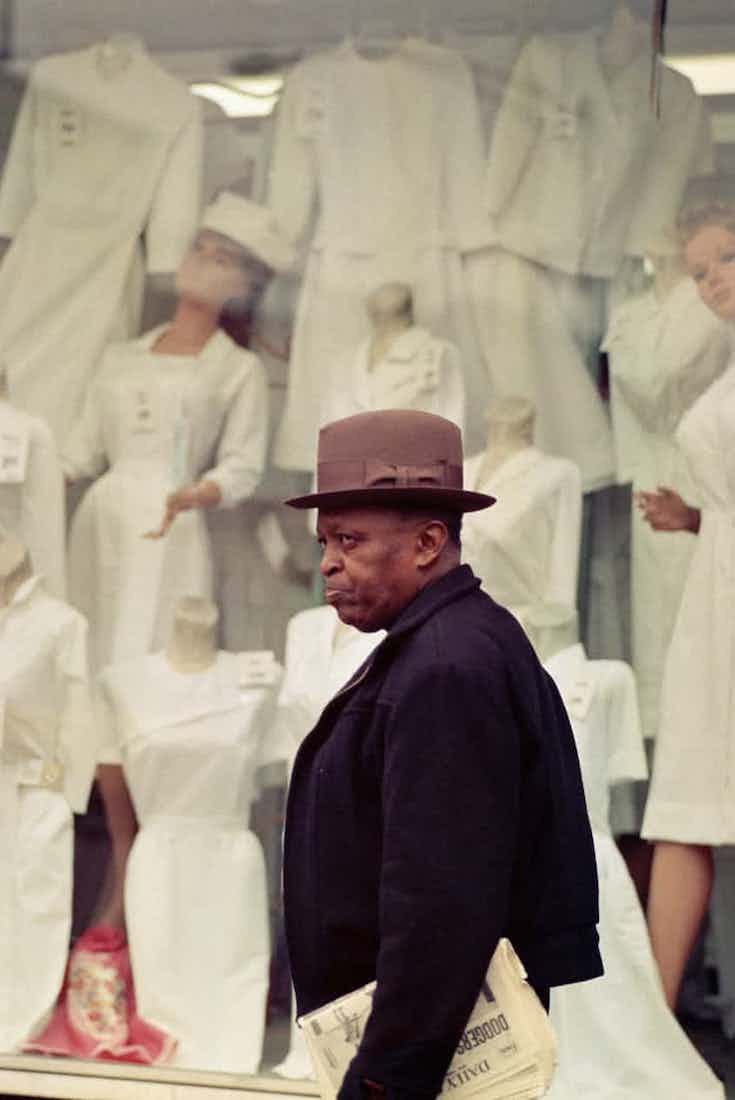When Mario Carnicelli landed in New York in 1966 and saw the city’s skyline, it brought to mind “Edward Hopper, Elia Kazan’s On the Waterfront, the notes of Gershwin – it seemed as if Humphrey Bogart would appear at any moment from a side street,” he remembers. He had won a photography competition in Italy at the age of 29 and the prize was a trip to America. “It was a dream.”
Once there, however, reality intruded on this fantasy: the restaurants all produced the same nauseating smell and there was a sense of loneliness. “As a European, you imagined all this enormous wealth, but walking around there was also a lot of poverty.” Influenced by the humanist approach of New Deal photographers such as Dorothea Lange, Carnicelli focused his lens not on the skyscrapers but on what was happening at street level: on commuters, builders, shopkeepers, passersby.

